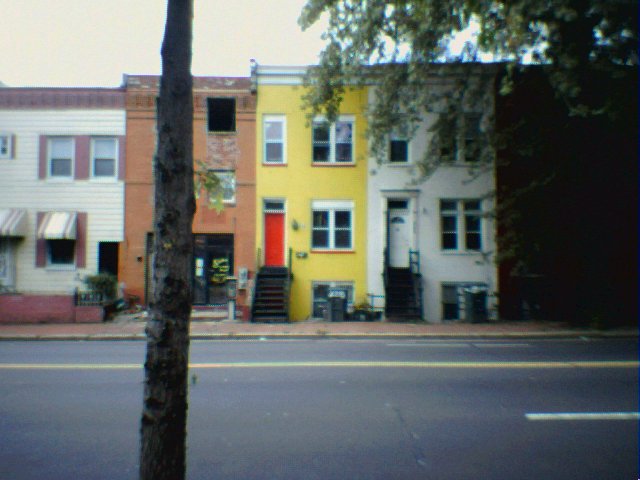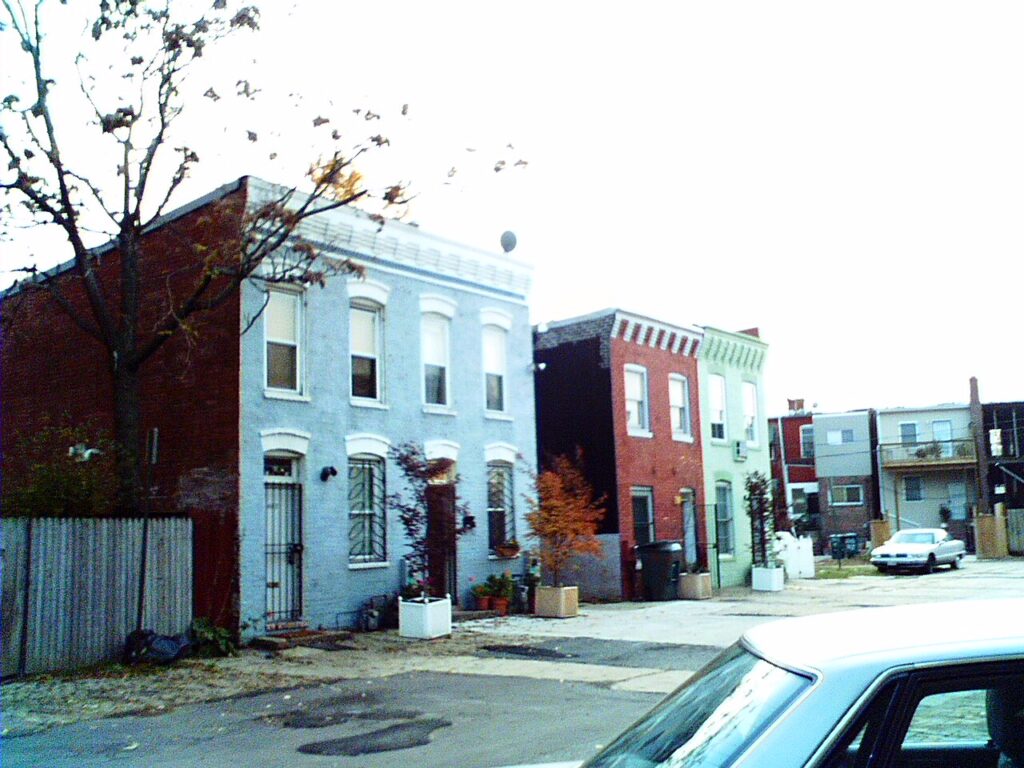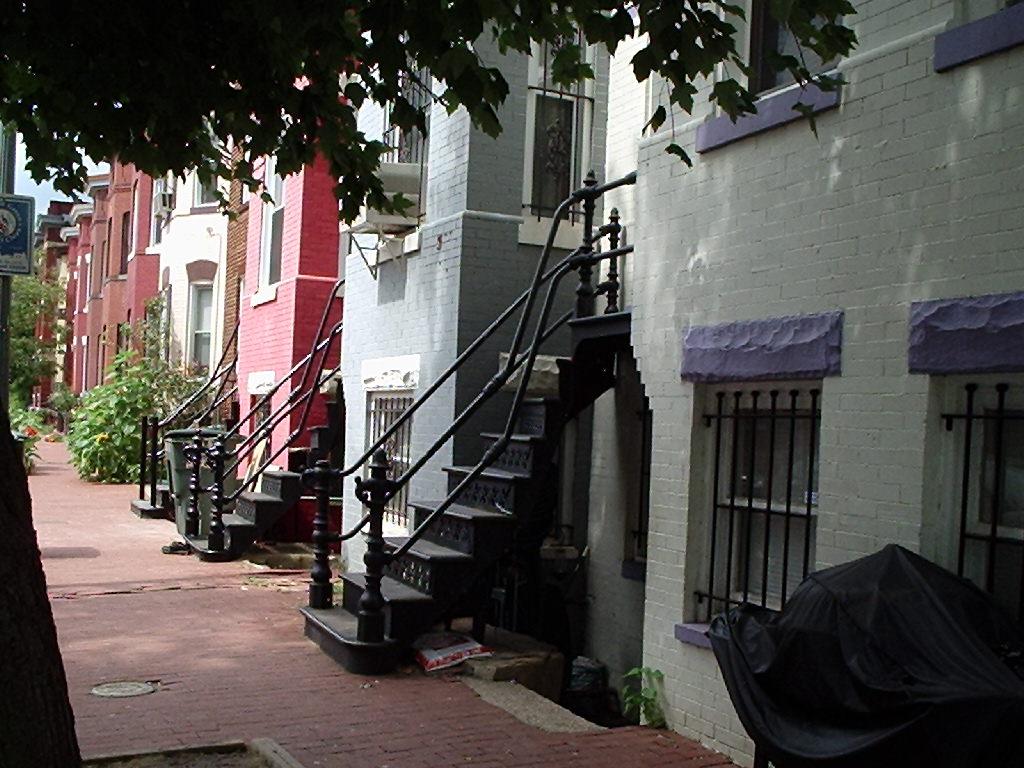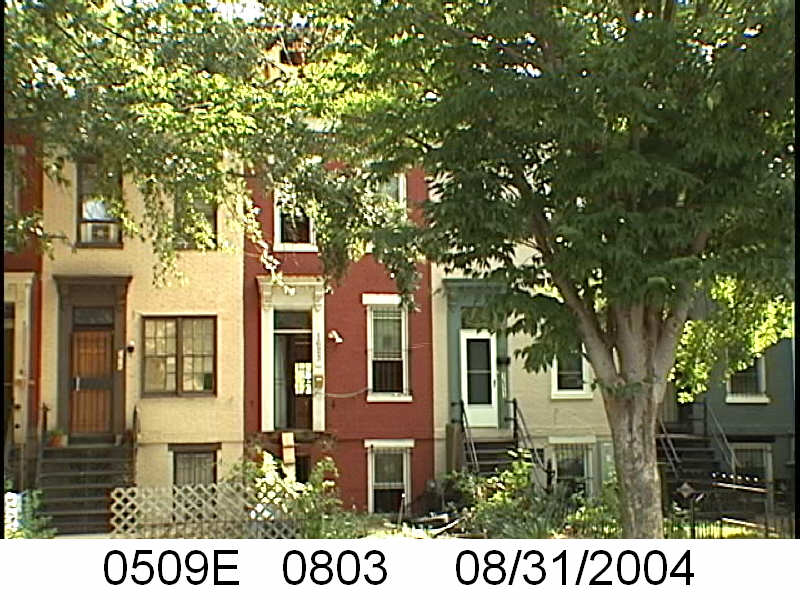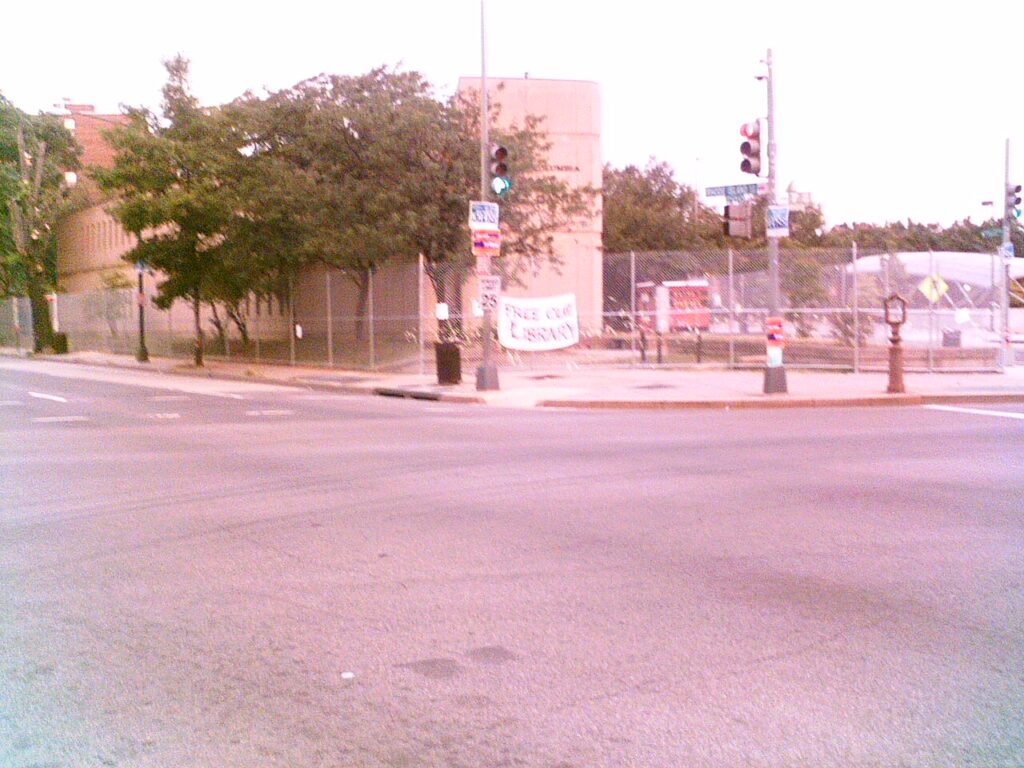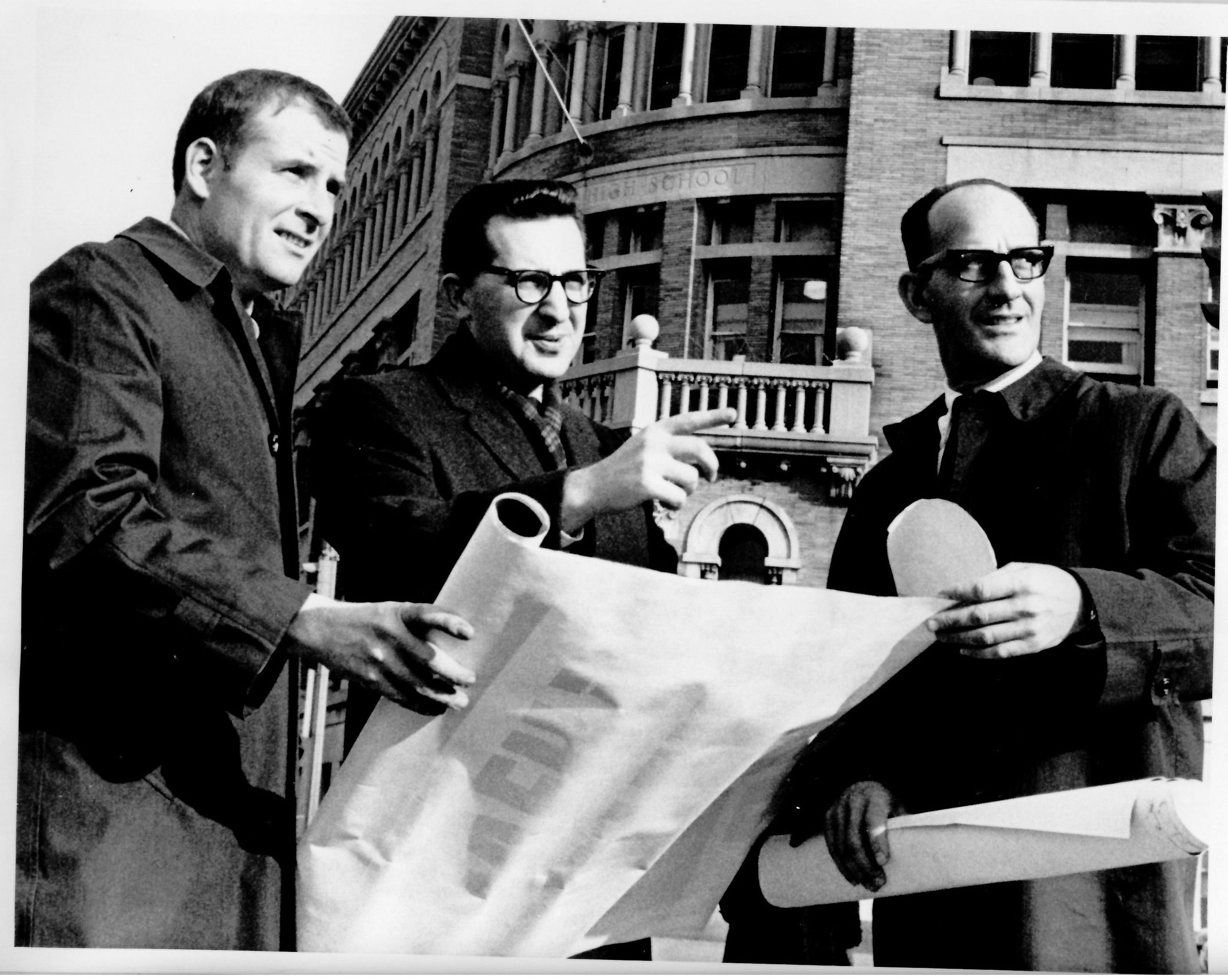Continuing on from Part 1….
Look at this photo taken in 1942.
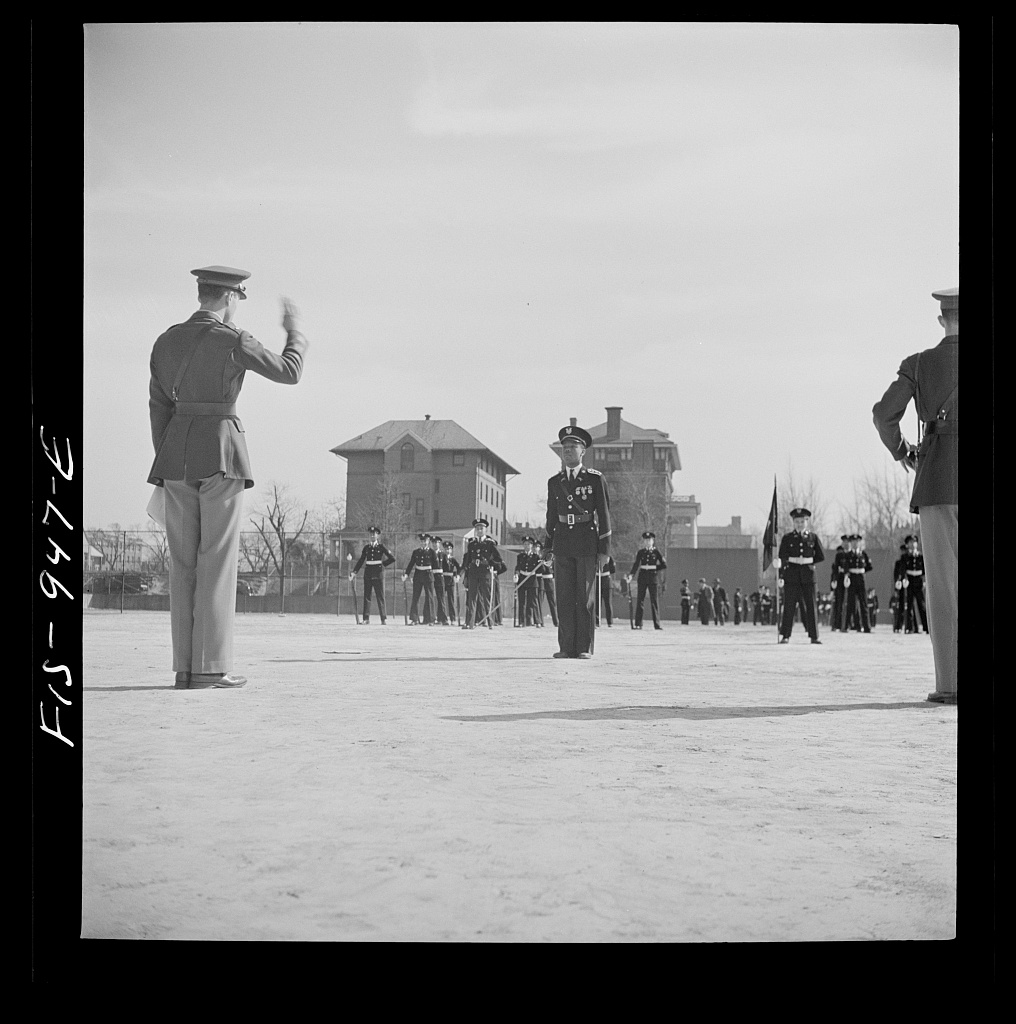
Now same day in March 1942, same event.

Behind them appears to be the National Homeopathic Hospital. Below is a photo of the hospital from 1910.
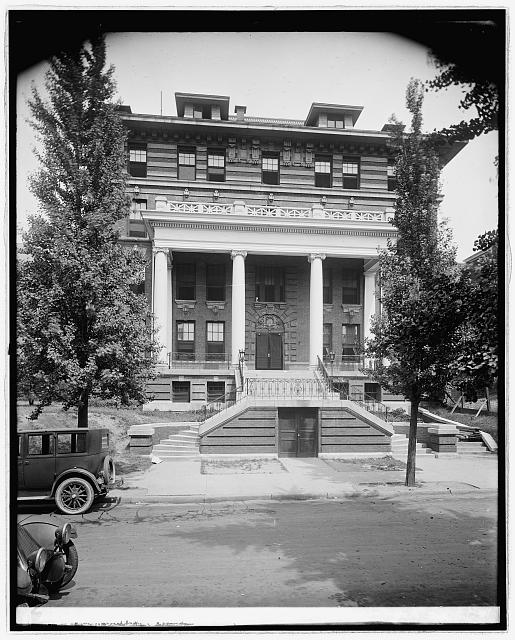
You can see the front of the hospital in the top photograph. In the second photo you can see part of the old Dunbar High School building. Despite it being an event for Armstrong High School boys, it appears they are on Dunbar’s campus.
Below is an aerial photo from 1951 or 1952 taken by the US Geological Survey. Keeping in mind where the two tallish buildings of the hospital sat, and the corner of old Dunbar, you can see where the boys were parading.

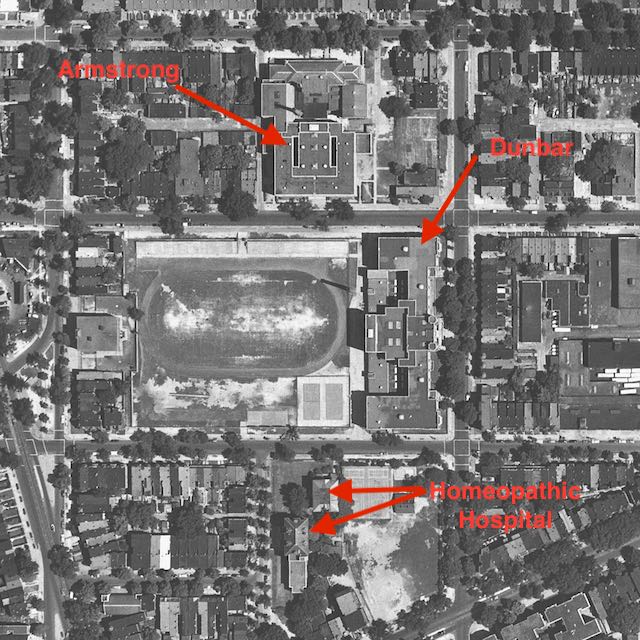
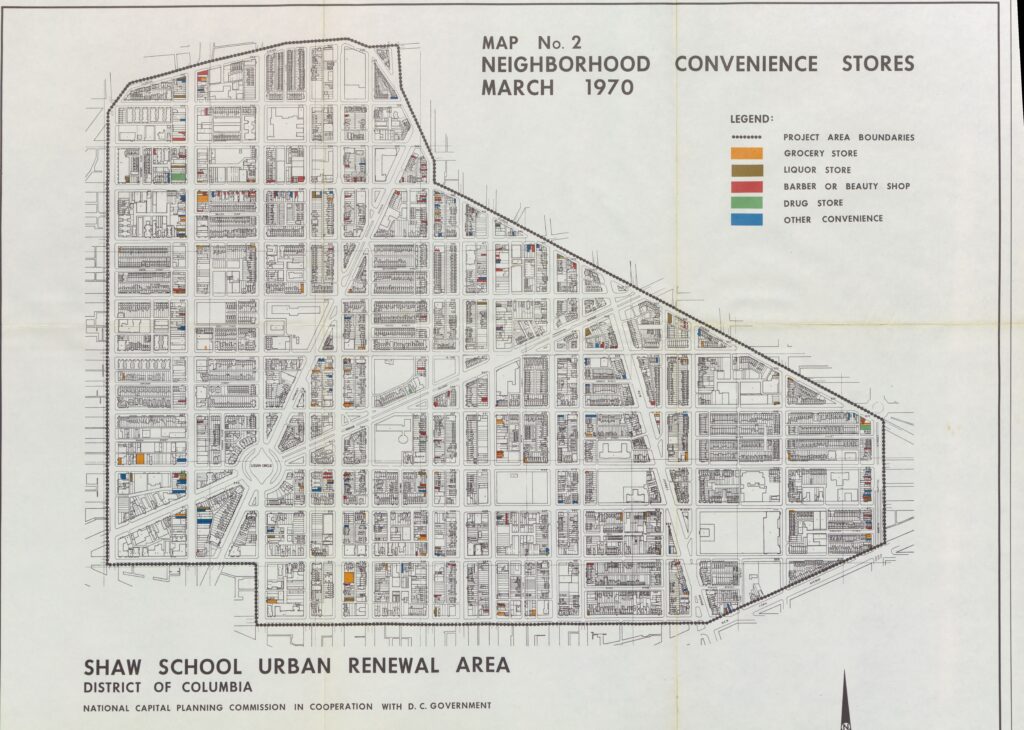
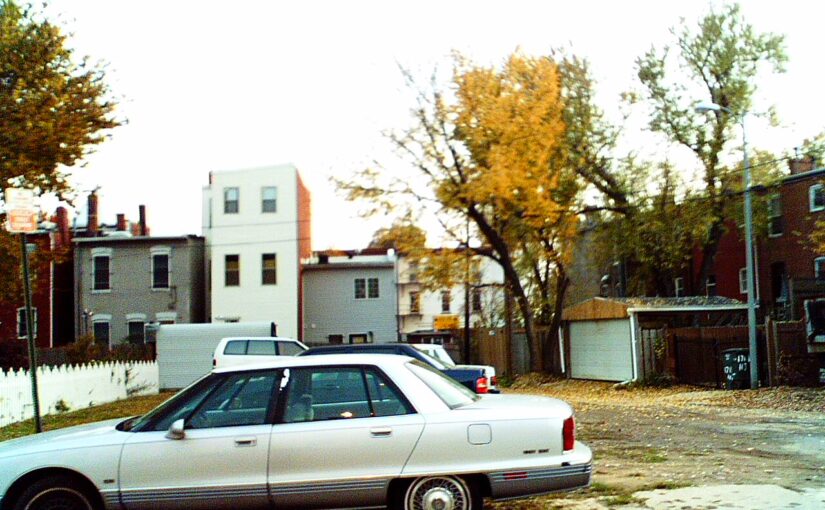
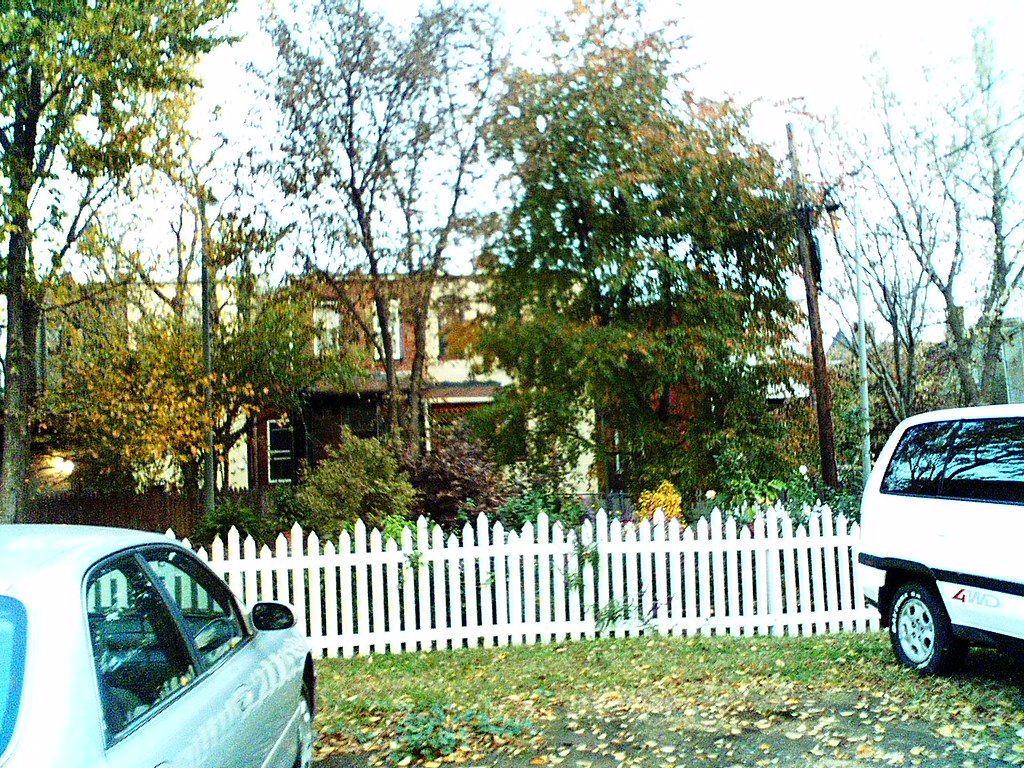
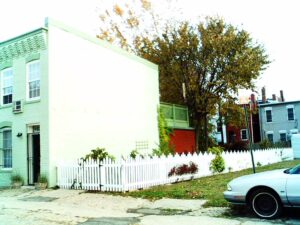
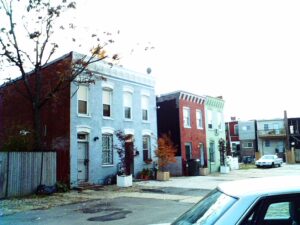
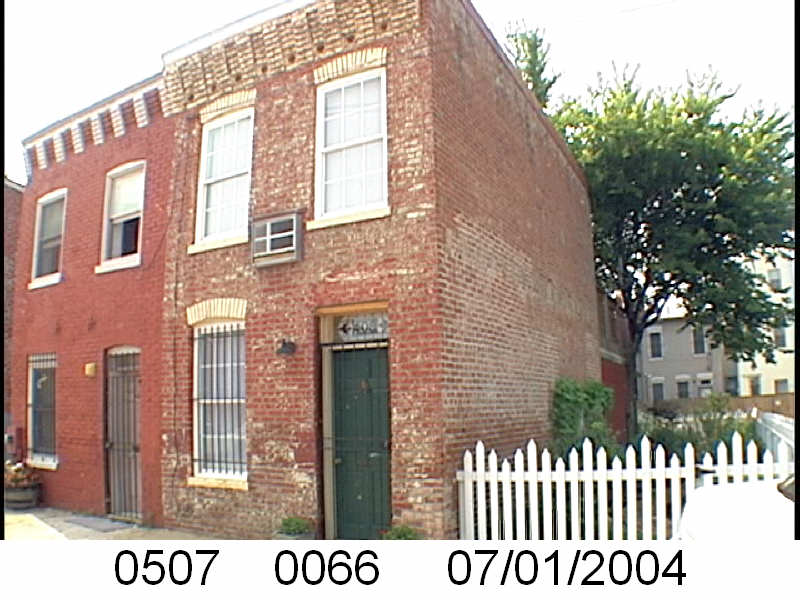 The garden belonged to Jim Norris who owned the house next to it. It was a cute and sweet little garden perfect for a bachelor. The houses on Richardson back then were on the very small side. I remember one Christmas, Jim had his whole living room packed with many creches/nativity scenes. He managed to make the best of the small space. Jim owned it from 2001-2018.
The garden belonged to Jim Norris who owned the house next to it. It was a cute and sweet little garden perfect for a bachelor. The houses on Richardson back then were on the very small side. I remember one Christmas, Jim had his whole living room packed with many creches/nativity scenes. He managed to make the best of the small space. Jim owned it from 2001-2018.
